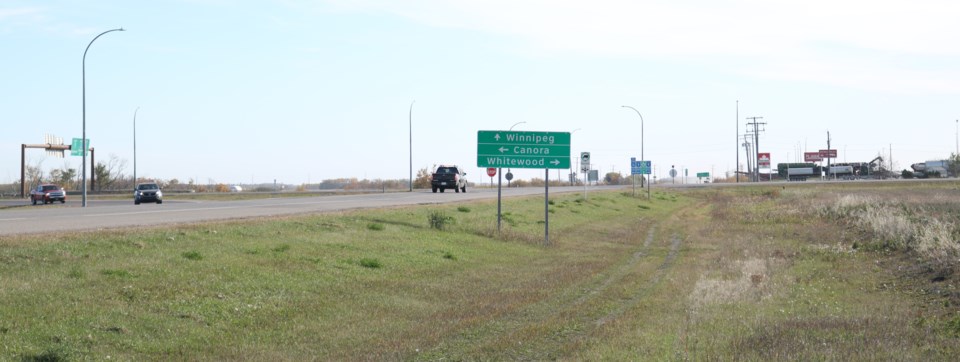“Recently and in the past, there have been several serious accidents at the intersection of Highway 9 and Queen Street. The City of Yorkton approached the Ministry of Highways looking for direction on how to plan for the eventual signalization of this intersection. This intersection is definitely a priority, but since the location falls within the Urban Highway Â鶹´«Ã½or program (UHCP), the costs must be shared and there must be agreement between the City and Ministry with regards to selection of upgrade options,” explained René Richard - Director of Engineering and Asset Management with the city at the regular meeting of Council Monday.
“At that time the Ministry did not agree that signalization would be the optimal solution, so the City hired a traffic engineering consultant to study the intersection and provide options. The options suggested in the traffic study are full signalization or traffic circle. At the present time, the Ministry has indicated that a traffic circle is still likely their preferred choice due to safety considerations.”
The work however, whichever form it takes is not imminent.
“The City and the Ministry are both committed to making permanent, long-term upgrades to this intersection. However, due to the estimated costs for the upgrades, it will likely take some time for each to be able to set aside funding for their portion of the project. City staff performed cost estimates which were presented to Council during the most recent budget deliberations. The preliminary cost estimate indicated that the signalization of the intersection would cost approximately $1,900,000, and a traffic circle would cost approximately $3,300,000,” offered Richard.
“Since accidents still happen at this intersection, interim measures have been discussed with the Ministry to hopefully reduce the number of accidents until the intersection can be fully upgraded. Firstly, since speed is a likely factor in most accidents, the Ministry has proposed a reduction in speed limit in the immediate area east and west of the intersection as well as all of Queen Street from Highway 10 to Highway 9.
“Further to the speed reduction, the option of installing radar speed signs for Highway 9 just north and south of the intersection was discussed and agreed upon as a way to encourage drivers to regard the speed limits on Highway 9.”
As for a final solution, Richard said more investigation is necessary.
“In addition to those interim measures, Administration feels there will be a need for a third party opinion with regards to cost estimation for the permanent solutions to aid in the eventual decision of which option will be selected and agreed upon by both parties. City staff has obtained a proposal from a traffic engineering firm to further develop and verify the cost estimates for both signalization and traffic circle option. We trust that once the cost estimates have been refined and verified, discussion with the Ministry can continue for the selection of an option, and then all that will remain for the upgrades to proceed will be negotiations for the cost share and timing of the project,” he explained.
Council would approve lowering the speed limits as follows;
*The area immediately east and west of the Highway 9 and Queen Street Intersection, and all of Queen Street from Highway 10 to Highway 9 to 70 km/h.
*The portion of Highway 9, south of the York Road intersection that is currently 70 km/hr, to 60km/hr.
And further, authorize Administration to acquire and install radar signs for the Queen Street & Highway 9 intersection; and authorize the consultant to begin the cost comparison study for a total estimated cost to the City of $16,000 to be funded from the engineering departmental reserve.
However, Councillors Dustin Brears and Ken Chyz would be opposed, citing concerns a speed reduction on Queen Street will simply move traffic to other routes through the city.




